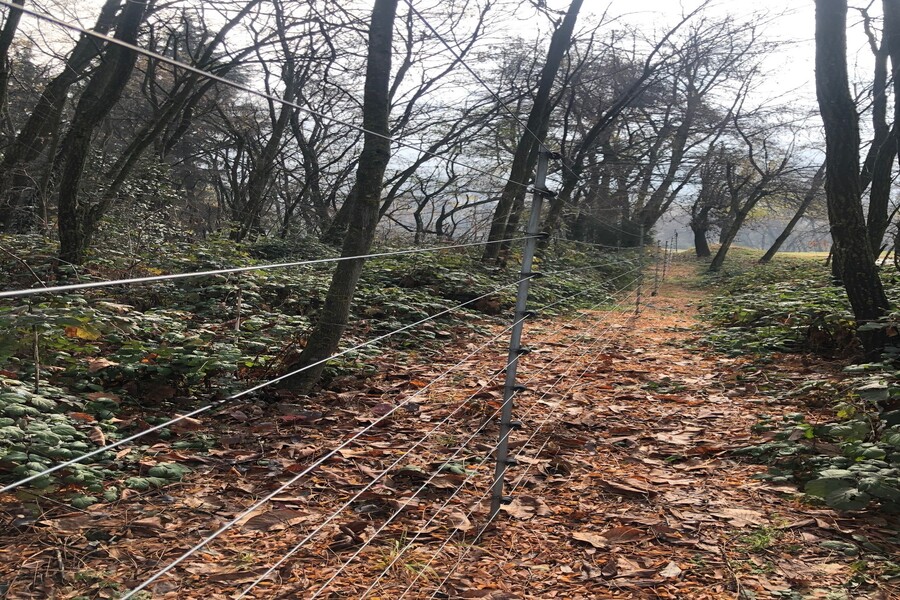
Introduction
Perimeter security has always been a crucial subject in civilized human society. From the Hadrian’s Wall of the Roman Empire to modern day’s security system, it’s a remarkable journey of the evolution of the perimeter security.
From the middle of 18th century the concept of electrical fencing has been introduced and since then it’s been modified to a great deal. Now-a-days for ensuring the safety of one’s property or any restricted area, electrical fencing is a modernized and unconventional method which is one of the best options to provide security, as it is both effective as well as efficient.
Electrical fencing:
Basic details and working principle:
Electrical fencing is a barrier made of woven metallic wires that uses electric shocks to deter unauthorized entry from crossing a boundary. The sudden shock may have effects ranging from discomfort to lethal damage. The fences are sturdy enough to tolerate animals, snow, rain and wind.
Electric fences are designed in a way that it creates an electrical circuit when come in contact with an animal or human body. One component in it, called the power energizer converts the electrical power into a high voltage pulse.
A pulsed electric current is sent along the fence wire, about one pulse per second, from an earthed energizer. When an animal or human body touches the fence, the circuit gets completed and it experiences electrical shock with the intensity ranges from 2,000 to 10,000 volts. A 10,000 volt output is the maximum voltage allowed by international guidelines. If the surface is wet, it works at its best, but if not, then earth return wire system is required.
The intensity of the shock depends upon the imposed voltage, magnitude of the energy of the electrical pulse and the degree of contact between the living entity, the fence, ground and the possible path of the electricity flow in the body. Based upon that the shock can varies from barely noticeable to a lethal damage.
Solar Fencing:
Solar fencing is similar to electrical fencing, but here those are operated by the batteries, those are charged by a solar panel. Photovoltaic cells that convert sunlight energy into electricity and then stores it in a battery. These are basically 12 V batteries, which fed to a component called electric fence energizer, that converts 12V DC energy into a high voltage electrical pulse.
This energizer provides regular pulses of electricity to fence lines. These high voltage pulses flow from the energizer to the fence wires. When an intruder or animal comes into contact with the fence, it completes the electric circuit and thus they receive a noticeable electrical shock.
Animal Fencing:
Animal fence is basically an electrical or solar fencing, meant to keep the animal in or out depending on scenario.
For example:
1) To keep the farm animals inside the farm or gazing territory.
2) To keep the wild animals and vermin out from the farm or any other restricted area even over long distances.
When the animal touches the fence, it completes the circuit between the fence and the ground and it receives an electrical shock, which is short, sharp, but not lethal, but sufficient enough for the animals to keep away.
A fence charger places an electrical pulse from ground to the wire about one pulse per second. The pulse ranges usually around 5-20 KV. Animals receive a noticeable, but harmless shock, when come into contact of the wire and learn to stay away from it.
Electrical or Solar Fencing for Human Intrusion:
An electrical or solar fence can also be used as a protection from human intrusion or burglary. Here the equation is also the same as animal fencing. When the human body touches the fence, it completes the circuit between the fence and the ground and it receives an electrical shock. One can regulate the electrical pulse voltage to control the intensity of the electrical shock depending upon the risk factor.
